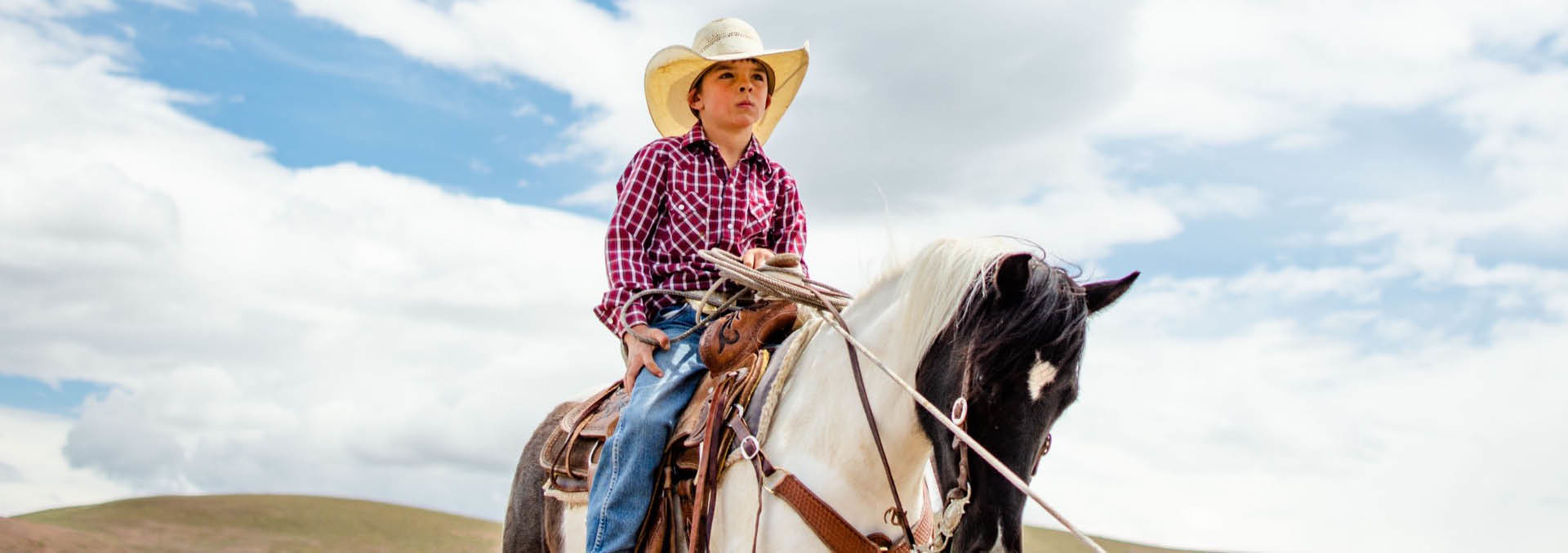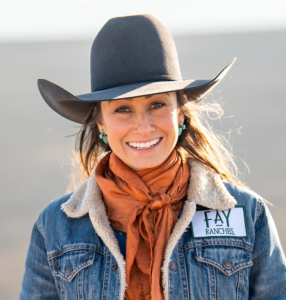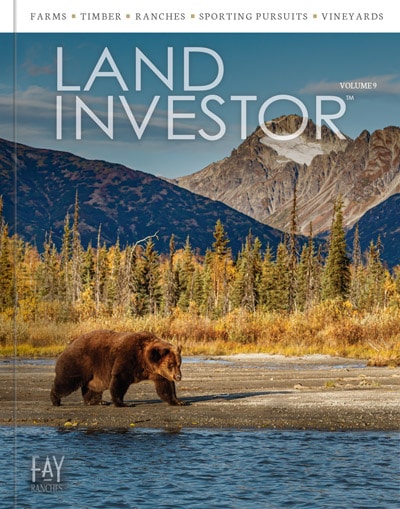RODEO: A Guardian of Tradition
By Dixie Barry, Farm and Ranch Sales, Licensed in ID, OR
The Rodeo
Rodeo is a Spanish term meaning a gathering place of cattle, a roundup. Its roots go as far back as the sixteenth century when the Spanish conquistadors and Spanish-Mexicans introduced horses and cattle to the American Southwest. By the early 1700s, ranching had made its way into Texas, New Mexico, and Arizona. Native Mexican cowboys, Vaqueros (from the Spanish word vaca, meaning cow), were hired by ranchers to raise cattle and other livestock. By the late 1700s, these Spanish cattlemen started settling in California on their own ranches. The Vaqueros were renowned for their superior roping, riding, horsemanship, and herding skills. The beginnings of rodeo trace back to these ranches of the early Spanish-speaking settlers. These men on horseback contributed many of the skills, equipment, and rodeo terminology used by the American cowboy today. What we see in modern-day rodeo is a legacy of the necessary tasks and customs of those cowboys who settled the great American West.
The Origins of Rodeo
Rodeo is much more than a spectacle; it is an experience that blends the traditions of the Old West with a new caliber of cowboys and horses. Many events like saddle bronc riding, bareback riding, team roping, calf roping, and steer wrestling all originated from the traditional ranch work required on the range. All of the ranch work wouldn’t be possible without horsepower. Cowboys needed horses for their job, so domesticating the bronco became a profession as well. Bronco or broncho is Spanish for wild and untamed: a hardy desert horse with Andalusian bloodlines scattered across the continent by Hernando Cortez. Cowboys climbed on the backs of these wild broncos and made them into saddle horses to use on the ranch. It didn’t happen without a fight; broncs have an instinct of pitching; a defense mechanism developed to keep predators like mountain lions and wolves off their backs. The cowboy “breaks” them of this nature by earning their trust, confidence, and partnership through round pen work, miles in the saddle, and often, riding the buck out of it, earning them the title of “Bronco Buster.” A well broke ranch horse would be able to work a cow; push, sort, cut, and run down an errant bovine for the cowboy to rope or wrestle down. The ability to rope cattle to doctor the sick and brand them to prove ownership in rugged terrains requires a seasoned horse and a handy cowboy. Skilled cowboys with their remuda of horses were highly sought after by larger ranches and still are today. Cowboys and horses have developed their craft and are artists at their trade. They share bondage of freedom and an undying, relentless spirit of the West.
Born on a Bet
When the ranches rounded up their cattle in the spring, friendly contests in the form of bets began among these cowboys, leading to informal competitions testing their style, horsemanship, speed, agility, and endurance. The winner rode away with nothing but bragging rights. Being recognized as a top hand meant that they were somebody to reckon with, and the winner became respected amongst the other cowboys and could easily find work on any ranch with their title.
It’s hard to say who stakes the claim of having the first rodeo in America: Deer Trail, Colorado, or Prescott, Arizona. The tale of Deer Trail, Colorado, is one of three ranches, the Mill Iron, the Camp Stool, and the Hash Knife convening on a cattle drive in 1869 on the Eastern plains of Colorado. They held exhibition matches to settle a dispute on whose crew could execute the ranch work the fastest. That gathering is considered by many to be the first rodeo. As audiences grew over time, promoters saw an opportunity to make money and began organizing annual contests in specific locations and traveling Western shows. One of the first was held in Prescott, AZ, on July 4, 1888. Special occasions like the Fourth of July drew the community and gave working cowboys a chance to try their hand at earning cash prizes, buckles, and bragging rights.
The first rodeo organization emerged in 1936, called the Cowboys’ Turtle Association. It was created out of demand when a group of cowboys and cowgirls walked out mid-performance in Madison Square Garden and boycotted the promoter’s next big rodeo in Boston Garden. They were slow to act but finally stuck their necks out (hence Cowboys’ Turtle) to ask for better prize money and competent judges to judge the events accordingly; after all, you can’t have a rodeo without the cowboys! In 1945, the Turtles became the Rodeo Cowboys Association (RCA), which in 1975 evolved into the current Professional Rodeo Cowboys Association.
If you ever find yourself traveling I-25, stop into the PRCA headquarters in Colorado Springs, Colorado, at the Pro Rodeo Hall of Fame and Museum. It is a museum designed to “preserve the legacy of the cowboy contests, the heritage and culture of those original competitions, and the champions of the past, present, and future.”
Rodeo Athletes
Today’s professional rodeo cowboy is a bit different from his predecessor from the 1800s. They are a combination of glamour and grit. Today, many professional rodeo athletes travel in comfortable rigs equipped to be a home away from home, or they fly from one rodeo to another. A PRCA rodeo cowboy can spend more than 200 days a year on the road trying to qualify for the Wrangler National Finals Rodeo, the Super Bowl of rodeos. Many of these athletes have sponsors to support them as they focus on competing. These cowboys become a walking billboard for their sponsors; patches on their shirts are the most common representation of riding for the brand.
The PRCA athletes riding for the Fay Ranches brand are bareback riders Cole Reiner and Trenten Montero, Barrel Racer Lisa Lockhart, and one of Fay Ranches’ ranch brokers out of Oregon; Saddle Bronc rider Jack Bentz. All of these cowboys (and a cowgirl) work on their own ranches or those of their families when they’re not on the road rodeoing. Supporting these folks that live the ranching and rodeo lifestyle is an honor. Fay Ranches is proud to be a part of the rodeo family and its preservation of ranching because, like the rodeo, Fay Ranches’ team members are guardians of tradition.
Join us at the National Finals Rodeo in Las Vegas, Nevada, as we cheer our Fay Ranches Rodeo Team! Fay Ranches will be in Las Vegas, Nevada, from December 2-11 for the finals. Come say howdy, have a drink with us, and help cheer on our Rodeo Team!
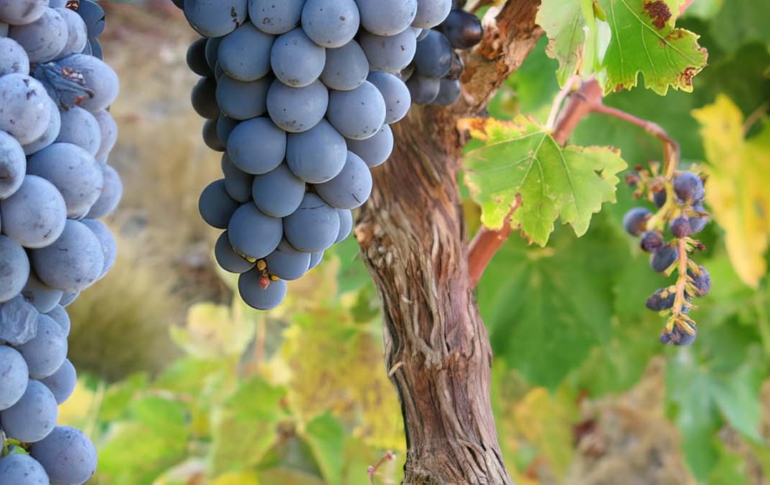
The Benefits of Owning a Vineyard in the Columbia Valley AVA
Industry-leading viticulturist Dick Boushey performed a detailed site assessment of Dream Big Vista Vineyard, excerpts from which are reflected in this article. His full assessment is available on request. We know that investing in viticulture is a big decision and that location is everything to fulfill the financial success of your vineyard dream and […]
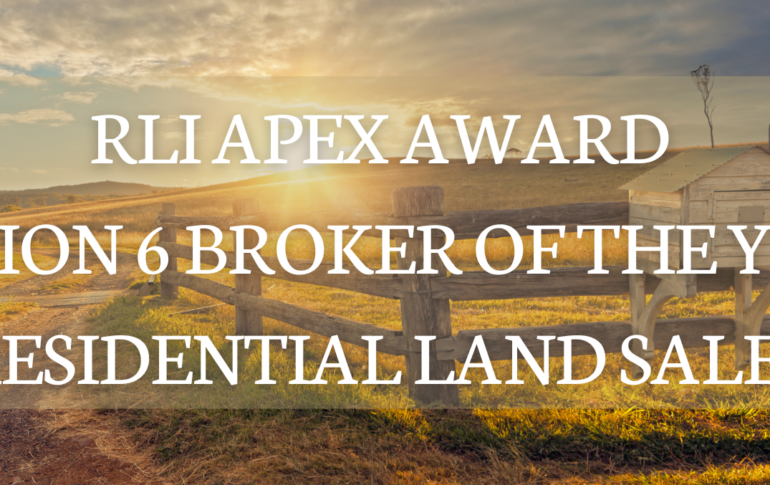
Jim Vidamour, Broker of the Year in Residential Land Sales
Fay proudly announces that Jim Vidamour, ALC, from its La Veta, Colorado, office, has been awarded the prestigious APEX 2023 Region 6 Broker of the Year in Residential Land Sales. This accolade was presented by the REALTORS® Land Institute (RLI) as part of the RLI APEX Production Awards Program, sponsored by The Land Report, during […]


